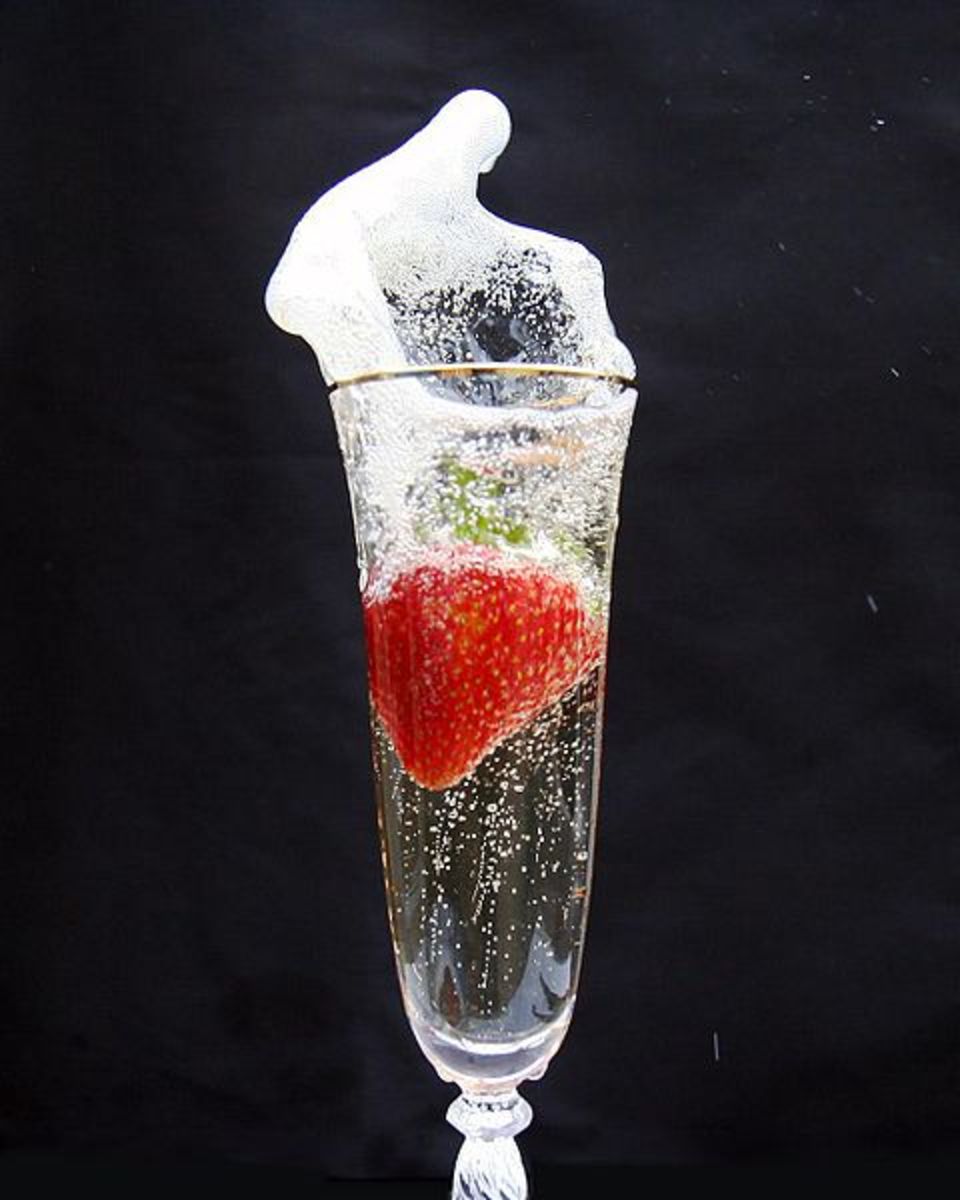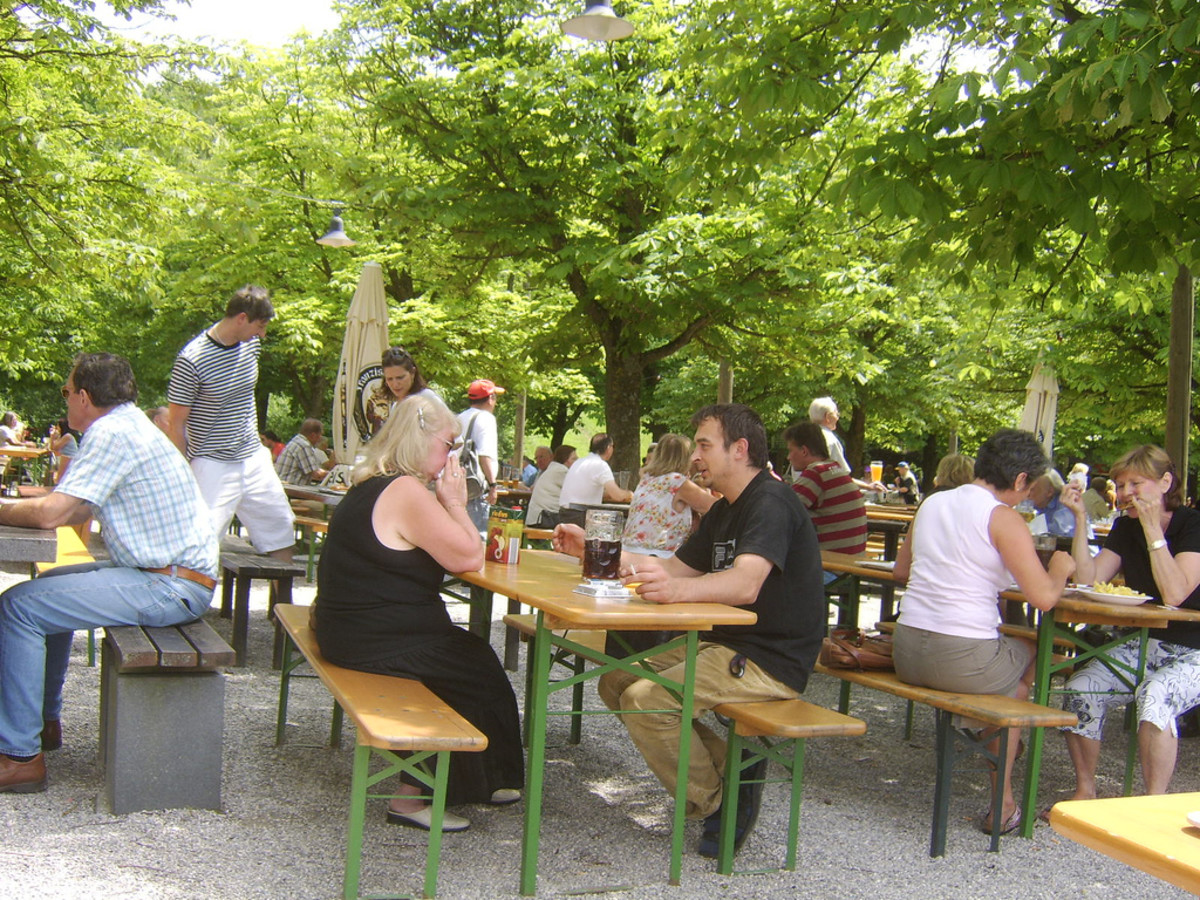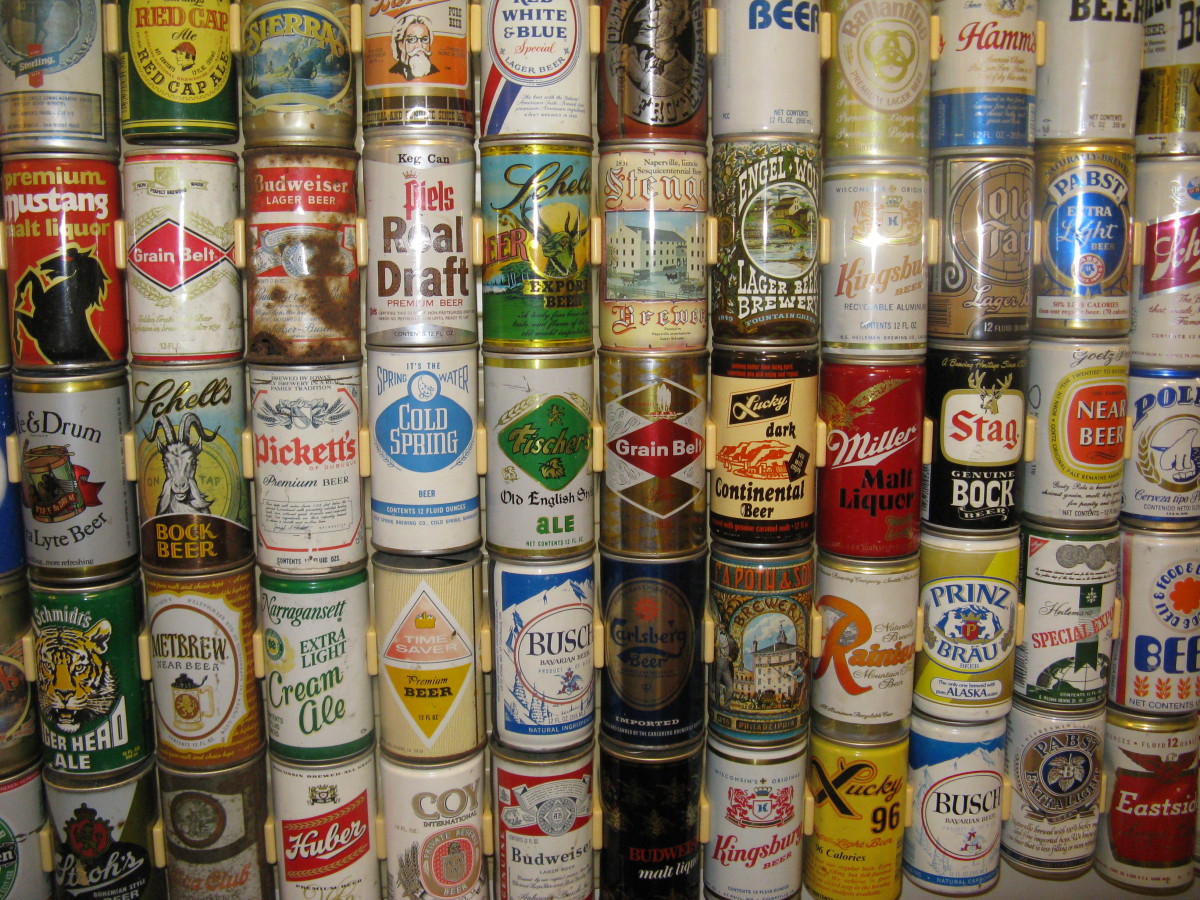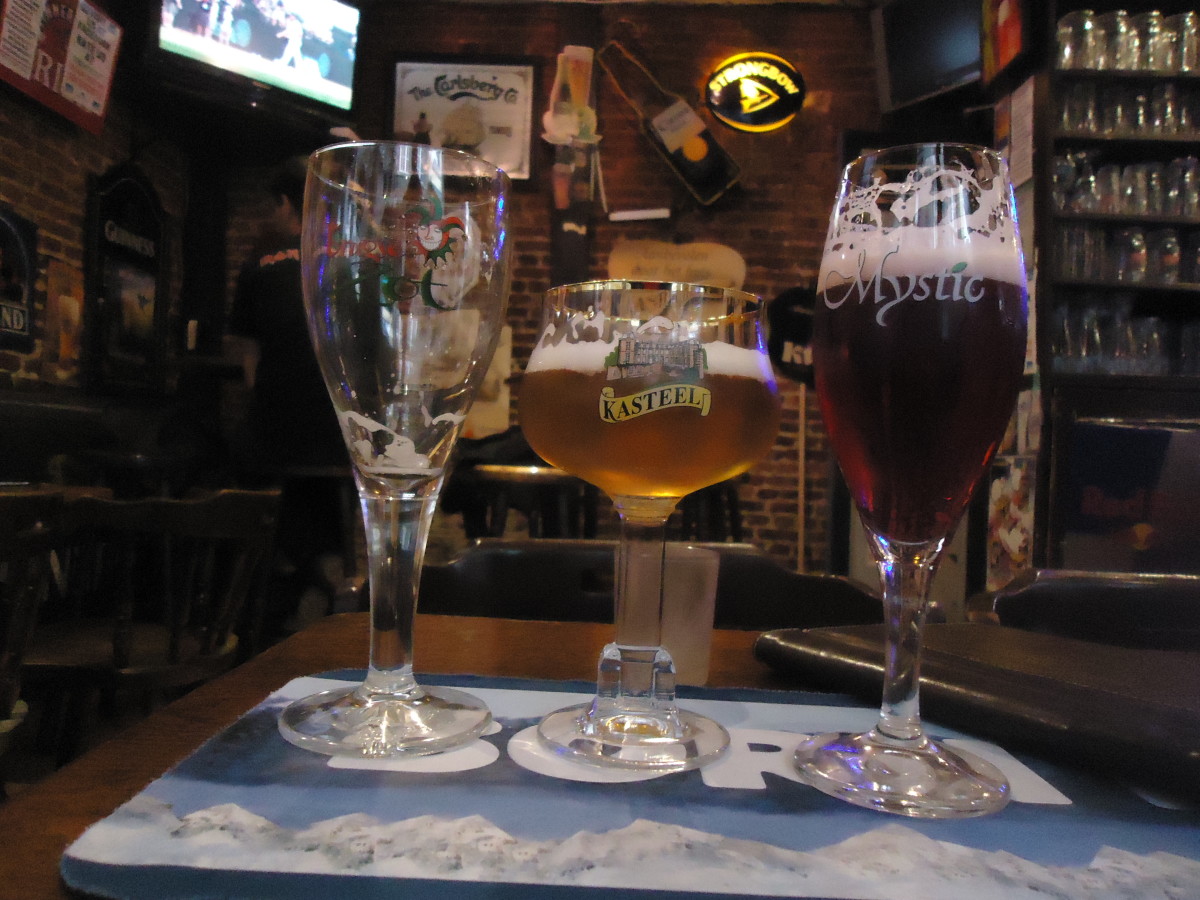The Unofficial Guide to Beer Steins, Mugs, Glasses and Boots
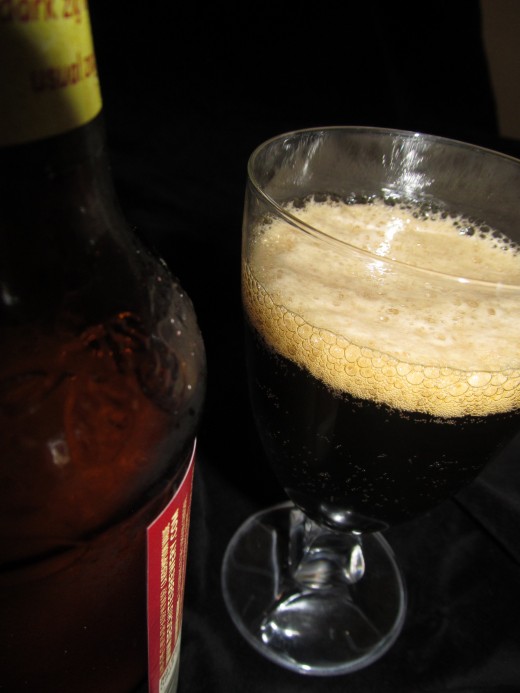
It is said the first beer was made by accident. The hapless and chance experiment of one lucky Egyptian who made a lottery discovery, though he didn’t know it at the time. The discovery?
Grain+water+fermentation=beer. Of course it isn’t quite that simple, and today’s stainless steel brewing kettles are housed in sterile environments whose brewmasters (or meisters) inject precise amounts of yeast at specific times throughout the brewing process, monitoring the wort to its final evolution as the thirst-quenching, soul-satisfying drink so many covet today.
Steins
“Stein,” is an abbreviation from the German Steinzeugkrug, according to Gary Kirsner, who wrote a paper on the subject. The meaning is stoneware jug or tankard (I like tankard, it sounds like so much beer,) Specifically, a stein is a jug or tankard with a handle and a lid. As you may have guessed, the lid was a sanitary measure to keep out the flies, which were feared as a potential cause of the bubonic plague. That’s right folks, the Black Death. Turns out, just by drinking beer, they were avoiding the nasty plague; as long as they didn’t drink the water, that is.
Today steins are a practical choice for the home or the collector’s case. Much better than a sippy cup, it’s so cool you never want to choose another vessel for drinking anything out of! You save money on glassware and mugs, and you spend less time washing dishes.
The lid is still a smart sanitary feature, as well. Drinking near someone who has a cold? They won’t sneeze in your drink! Then there’s the fly thing. But back to the subject, collecting. Stein’s are available in every size imaginable, and it isn’t necessary to travel to Europe to buy them. Your stein awaits:
The beauty is in the design, and the material. You don’t have to go old-school to enjoy a stein. Oktoberfest Haus offers a snazzy yellow with an engravable pewter shield. Incidentally, Oktoberfest Haus is an Oktoberfest party supplier for all things, well, German and Oktoberfest. Bet that’s a happy office environment.

Mugs
A beer mug, unlike a stein, has no lid. Unless you count the bar coaster you set on top of it. It does have a handle, however, and while the glass versions are by far the most common and popular (people like to see what they’re drinking sometimes,) beer mugs can be purchased in pewter and porcelain as well.
Granted, someone could manage to sneeze into your mug, but it won’t be nearly as painful as losing a $50 steinzeugkrug if it tumbles to the floor. Besides, mugs are easy access, and come with the names of our favorite sports teams:
To be clear, a glass that leans to one side can cause anxiety as the night goes on, just sayin’. But these glasses are worth it:
Glasses
Beer glasses come in all shapes and sizes, from short and wide with thick glass, to tall, narrow and even stemmed like a snifter. As with wine, different glasses are intended to impart a different experience to the imbiber.
Pilsner and flute glasses (similar to a champagne flute, ) are excellent for drinking beers that benefit from enhanced carbonation and quick release of rich aromas. Examples would be maibock, pilsners, and fruit Lambic beers, although this is not an extensive list. There are literally hundreds of beers, why not try one in a flute glass next time?

The beer mug conjures up the feeling of thick glass and icy cold beer. It is a staple in restaurants and bars everywhere, and with good reason. A solid mug is the perfect drinking vessel for stouts, porters, dark and brown ales, pale ales, Scottish ales, sweet ales, bitters and Oktoberfest beers. Whew! Is that everything?

Ever wonder why some beers are served in glasses that look like they should hold a daquiri or pina colada? Those are called tulip glasses, and they are particularly adept at holding large foamy heads from beers such as Scottish and various Belgian ales.

What...a boot?
Boot glasses are an Oktoberfest favorite, and they come in small, sturdy sizes, as well as large sizes big enough to put your foot in; if it could be done without breaking the glass. Better to fill it with beer. But where did this strange idea come from? Did people really use their boots to drink from at one point in history? Apparently so. Some Persian general promised his troops he would drink from his boot if they were victorious, and not long after that a glassmaker was hired to fashion a ‘drinking boot.’
In any case, glass boots are a huge seller in the United States, possibly more so than in Europe. Silly Americans, drinking beer from a boot. Remember to point the toe left or right when you take a drink to prevent spillage.

But what about the yard? These long glasses have a wide mouth at the top that tapers down to a sphere on the bottom. The official measurement for a yard of ale is 1.4 liters, or 2.5 imperial pints.
These ‘long glasses’ originated in 17th century England and are approximately a yard long, thus the name. Today, in establishments such as the Yardhouse, you can buy beer in a full or half yard, from a seemingly endless selection of brews. The yard is often the challenge of beer-drinking contests and has been for quite some time. If you go searching for a yard of half-yard glass to buy, make sure it has a stand. Not everyone can down this much beer in one go!

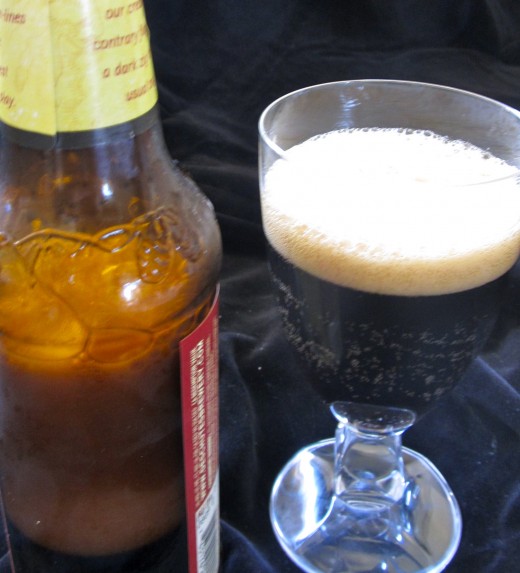
There are many more glasses suited to beers of different styles, but a basic collection of pilsners or flutes, mugs and tulips is a great start to your collection. Boots and yards are optional, but make a great addition to parties! Prost!




